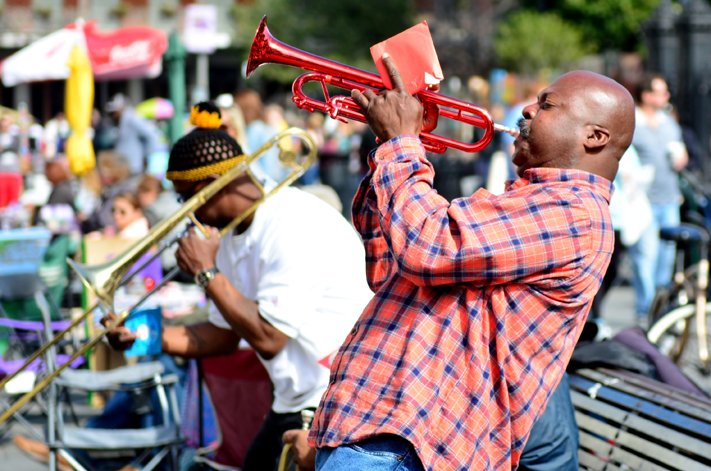Project Description
'Hanuman and I both broke the law, but we didn’t meet the same fate. That’s because we live in a country whose criminal justice process is not color blind'
My friend Hanuman was cremated two weeks ago, his ashes now sit in a wooden box on his parent’s alter. The cause of his death is still being investigated, but we know he died shackled to a bench in the back of a prison van. He was 21 years old. Hanuman’s experience with the criminal justice system and ultimately his death, could easily have been my fate, were it not for the color of my skin.
Eight years ago, I was arrested for stealing prescription pills from houses in my neighborhood. I was charged with numerous felonies and subsequently plead guilty to four burglaries and two attempted burglaries. My total points, under Florida’s Criminal Punishment Code, came to 203. That meant that the minimum amount of time I was supposed to serve was 10.9 years of prison.
Incredibly, though, I was only sentenced to one year in county jail, two years probation and mandated drug treatment. Not a single day of prison time.
Hanuman also had issues with drugs and was charged with several burglaries. Under the Criminal Punishment Code, he accrued 115 points. Even if a previous charge, for which he had not yet been sentenced, had been factored into his score sheet, his points would total 129. That’s still 88 less than I had. Hanuman was not shown the same judicial leniency I was; he was sentenced to six years in prison.
He was black.
The judge also mandated a rarely enforced Florida statute, colloquially dubbed Pay to Stay. By this order, Hanuman was to be charged $50 for each day of his incarceration. If Hanuman had survived prison, he would have owed the state $109,000. How was a young person with a high school education and a felony record ever expected to pay this?
I have known Hanuman since he was adopted as a one year old baby. We lived next door to each other and he was like a little brother to me. Our families did everything together: camping trips, hockey games, singing Christmas carols for the elderly in nursing homes. One of my favorite memories was watching Hanuman run up and hug the “grandmas and grandpas” as he called them, and seeing their faces light up as he embraced them.
We came from the same socioeconomic background, lived in the same neighborhood and were educated in the same private school. Our families both hired private defense attorneys. In fact, one would be hard pressed to find a case in which two defendants, with such differing sentencing outcomes, shared as much in common.
There are, however, some important differences between us. Hanuman was 20 years old when he was sentenced and eligible for youthful offender status. At 24, I was not eligible for this. Hanuman had a long documented history of cognitive disabilities. I had no cognitive impairment. Hanuman also had lupus, a disease that if not properly managed, can result in death. I was completely healthy.
Hanuman had teachers, doctors and psychologists testify or write on his behalf; all urged the judge to consider the mitigating circumstances. The Department of Corrections, in its pre-sentencing investigation, gave the court an alternative recommendation of two years of community control, probation and drug/mental health treatment. Yet, the court was not swayed.
We live in a country whose prevalent narrative is that the criminal justice process is color blind, that we are all equal under the law. The creation of the point system in Florida was touted as a way to enforce that narrative. Yet the truth is, regardless of what we have been told, the color of our skin affects almost every aspect of how we experience citizenship.
Hanuman’s story is not an anecdotal aberration. Numerous reports have shown that, at every stage of the criminal justice process – from stops and searches to plea bargaining and sentencing – African Americans are treated far more harshly than whites. In 2013, the US Sentencing Commission found that black men receive prison sentences that are almost 20% longer than white males with similar offenses. As white Americans, we often look the other way, simply because we benefit from this system.
It can be easy to forget that at the heart of all of the studies, reports and statistical data about bias in our justice system, are human beings. Hanuman was a compassionate, gentle and incredibly funny young man. He made mistakes, just as I did.
In two months, I will walk across the stage to receive my graduate degree, an opportunity Hanuman will never have. Why was I given a second chance at life and he was not? The answer is simple. I am white.
Chun Rosenkranz is a social justice scholar at Columbia University’s School of Social Work. His studies focus on the intersectionality of race and class in the United States criminal justice system, as well as the collateral consequences experienced by the formerly incarcerated.
Copyright; Guardian News and Media Limited,. Reprinted with permission.
This piece was reprinted by EmpathyEducates with permission or license. We thank Chun Rosenkranz and The Guardian for their kindness and for inviting us to look at what we, as a society believe or do not, based on our actions.










